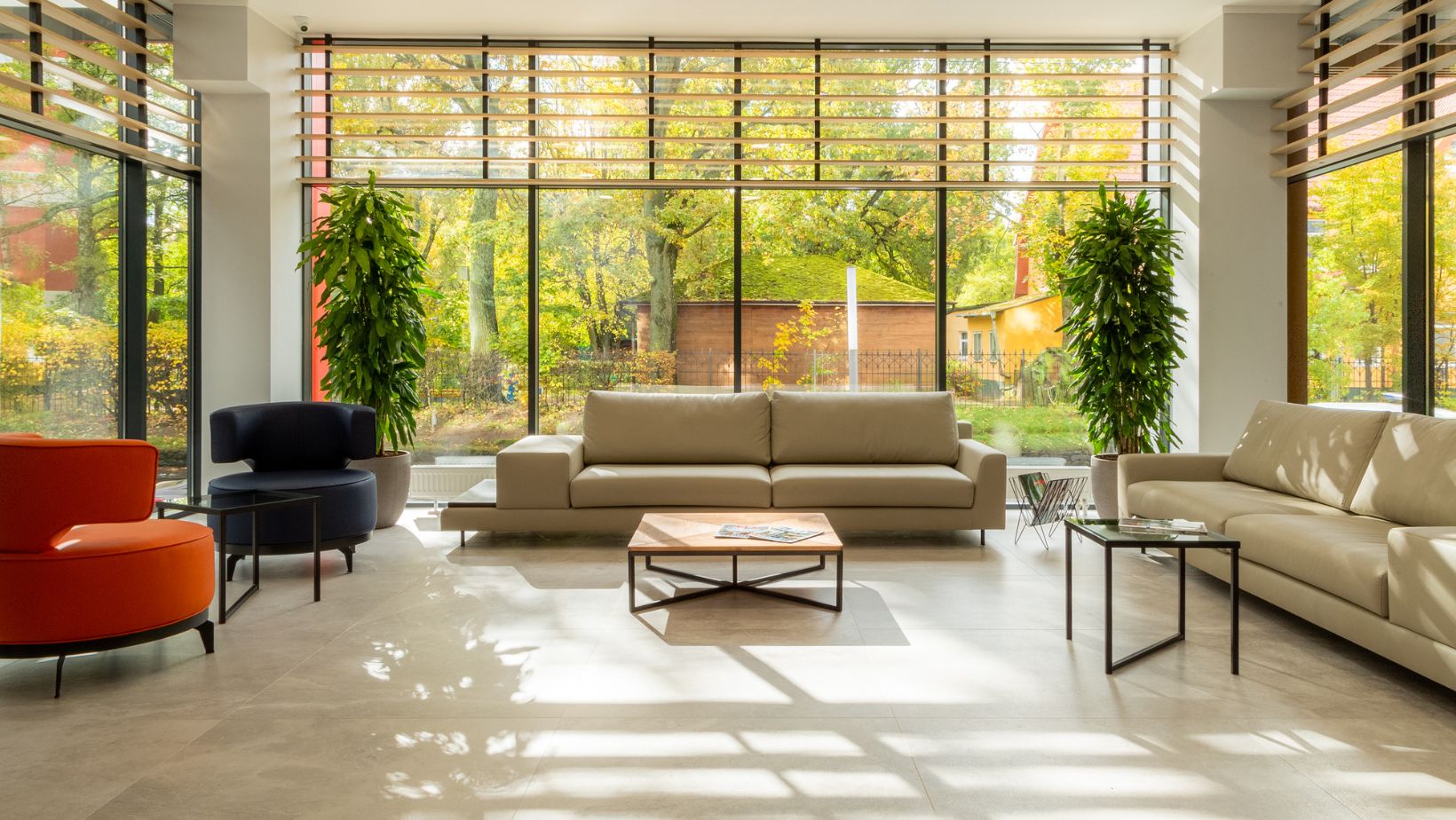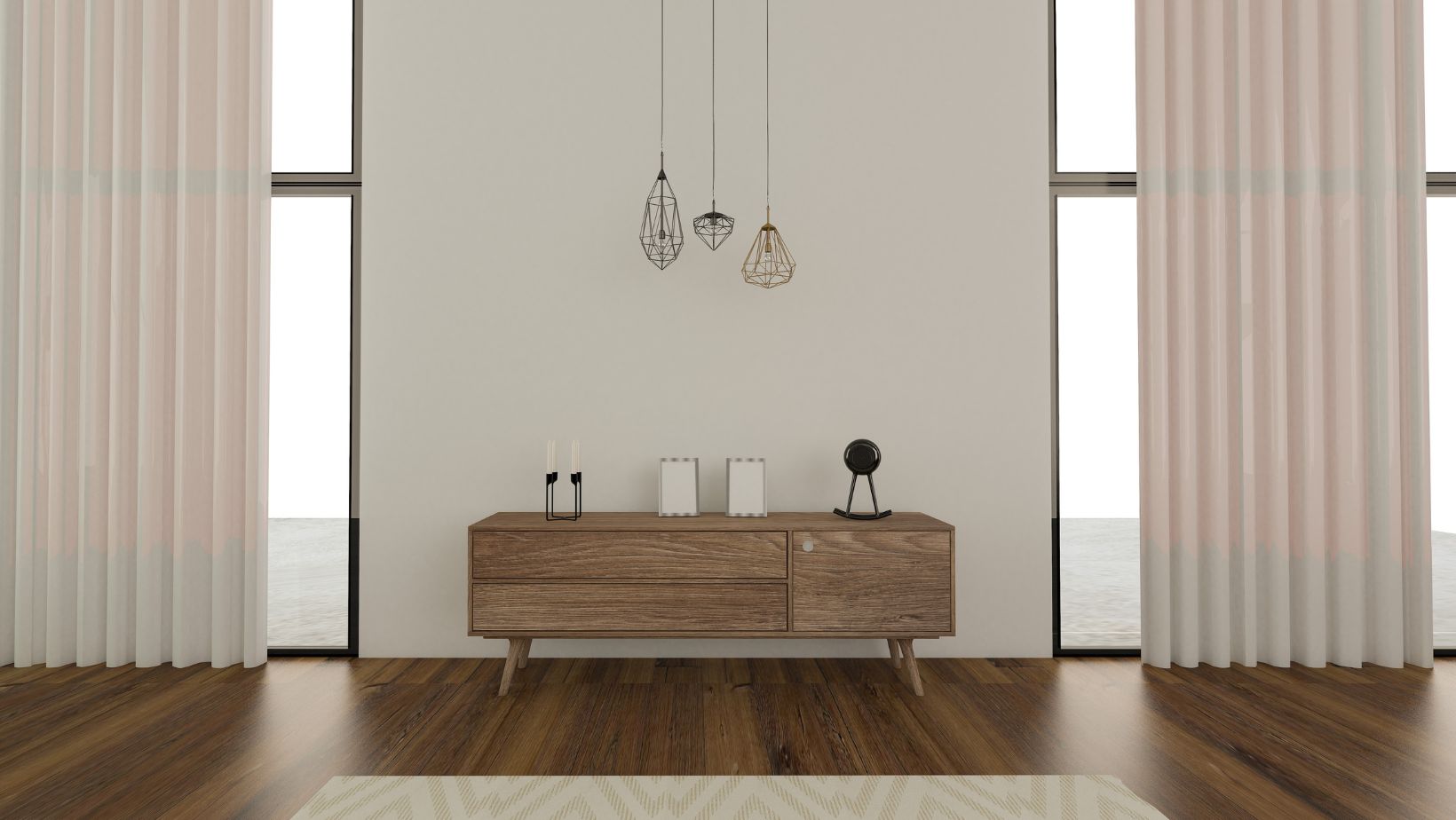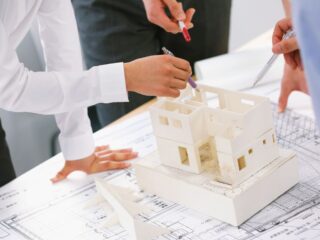
Irregular temperatures in various rooms within a home can be inconvenient, uncomfortable, and expensive in terms of energy costs. Many families end up struggling with thermostats, space heaters, or fans in an effort to maintain a similar level of comfort in every room. It may result from a variety of factors, such as the way a house is ducted, the quality of insulation, or even the location of vents and registers. If left unchecked, such issues can reduce the life expectancy of heating and cooling equipment and decrease indoor air quality. Knowing what causes them and addressing them correctly corrects the issues so homeowners can have a healthy, balanced, and comfortable living space free of wasted energy and constant discomfort.
Why do Uneven Temperatures Happen
The initial process in responding to temperature fluctuations throughout a house is understanding why they occur. Poor insulation, leaky ducts, and old systems are typical offenders. For example, homes built many years ago often have insufficient insulation in their walls or attics, allowing heated or cooled air to drift away before reaching the target room. Likewise, leaks in ducts may let conditioned air escape into ceilings or crawl spaces, shortening the amount that reaches living spaces. Even furniture arrangements might fill vents and leave areas warm or cold. Multi-story residences are especially susceptible to temperature fluctuations since heat rises naturally, making the top floors warmer and the lower floors cooler. These issues can be exacerbated by system size—units too big or too small have a difficult time keeping balance in every room, leaving it with hot and cold spots that feel impossible to get rid of.
The Role of System Performance
Heating and cooling systems themselves are directly involved with whether or not each room gets an equal level of comfort. An unserviced unit might provide unbalanced airflow to some areas, underserving others. When filters get plugged up or fans get weak, conditioned-air distribution is disrupted, and there is a visible disparity from room to room. Additionally, ducts that have curves, bends, or obstructions can hinder airflow, especially to rooms that are further away from the central system. Homeowners with these trends should consider hiring an expert heating and cooling repair in Mesa to inspect the equipment and ducts, ensuring they are operating as efficiently as possible. By having consistent system operation, houses are much more likely to reach balanced comfort throughout all rooms. Resolving these technical problems alleviates the burden on the system, thereby saving energy and prolonging its life while maintaining comfort levels across the house.
How insulation Impacts Room Temperatures
Insulation is the home’s unseen protection, and when it fails, irregular temperatures are more apparent. The rooms that lack proper insulation lose warm or cooled air more quickly than rooms that are well-covered, so they are colder during winter and hotter in the summer. This can particularly be felt in attics, basements, and over garages, where insulation is thinner or even non-existent. Inconsistent insulation creates jarring contrasts between rooms on different sides of the house. Replacing insulation makes it more comfortable and saves energy because the system doesn’t have to work as hard to make up for lost air. Insulation in walls, ceilings, and floors keeps each room at its designed climate for an extended period, giving an overall environment where temperature variances are kept to a minimum. One of the most effective things that homeowners can do to address the issue of cold and hot spots is to deal with insulation issues.
Airflow balance and Vent Management
Air circulation is yet another essential factor in dealing with unbalanced room temperatures. Closed, blocked, or inefficiently positioned vents can noticeably influence the distribution of air throughout the residence. For example, rooms with multiple vents can be over-served with air, while others with fewer vents get shortchanged. In other instances, registers might have been inadvertently closed or obstructed by rugs, curtains, or furniture, decreasing the quantity of conditioned air to the room. Retracting dampers in the ductwork can further divert airflow to poorly performing areas, making the system more balanced. Homeowners often overlook these minor yet significant modifications and instead focus on the thermostat, which cannot address airflow issues independently. By spending the time to assess vent location and make certain there is good passage, occupants can achieve a quick adjustment in levels of comfort, making sure no room is left too hot or cold relative to the rest of the home.
The importance of Zoning Systems
For bigger houses or houses with more than one floor, zoning systems provide a strong solution to uneven temperatures. These systems split the property into different zones, with each zone being controlled by its own thermostat. Through this, various sections of the house can get specific quantities of heating or cooling, limiting the imbalance brought about by natural temperature variations. Zoning avoids the scenario in which a thermostat in a single room conditions the whole house while other rooms go unconditioned. Such a practice enhances comfort, too, by making it possible for homeowners to condition only the rooms in use at a specific time. In homes with diverse preferences or usage patterns of the rooms, zoning is essential as it makes everyone comfortable in their space. While it has to be installed professionally, the long-term comfort payoffs and lower utility bills make zoning systems worth considering in solving tenacious temperature variability.
Maintenance and System Upgrades
Regular maintenance is a key component of solving for uneven heating and cooling. Clogged filters, dirty coils, and low-quality components result in lower efficiency, making the system run more labor-intensive while still not delivering balanced outcomes. Having annual check-ups and taking care of minor problems early on eliminates larger issues from emerging. For systems that are undersized or older, the best solution may be upgrading. New systems are designed to provide smooth performance, typically featuring adjustable speed motors that regulate airflow to meet demand precisely. These developments enable much more even heating or cooling of rooms with different sizes and configurations. Although upgrading a system is a significant expense, the long-term comfort, efficiency, and dependability it offers make up for the constant aggravation of having hot and cold spots. Homeowners should balance the condition of their current unit against their energy bills to determine if an upgrade is warranted.
The role of homeowners in Comfort Balance
Even with the most sophisticated systems, homeowners themselves have a great responsibility to provide uniform comfort. Minimum habits, such as leaving interior doors open to promote air flow or making sure curtains and blinds are set to avoid or allow sunlight, can influence room temperatures. Strategically utilizing ceiling fans to distribute conditioned air also eliminates temperature differences between rooms. Also, paying attention to the positioning of furniture in relation to vents prevents air from being obstructed from entering each room. Though seemingly minor, these changes combined can significantly improve the overall sense of comfort within each room. By putting good maintenance together with careful everyday habits, homeowners establish an environment that makes heating and cooling equipment function better. This symbiotic strategy of technology and home routines is a practical and economical means of softening uneven temperatures and attaining equal comfort throughout the entire household.
Unbalanced temperatures in a house are a common issue, but one that can be easily addressed through awareness, maintenance, and functional modifications. Whether the problem arises from inadequate insulation, clogged vents, or inefficiencies in the system, there are ways to balance and make the house comfortable again. Heating and cooling systems function best when complemented with tightly sealed ducts, proper insulation, and regular maintenance. The residents also have a role through daily behaviors that promote airflow and stability. By being proactive, homes can save wasted energy, extend the lifespan of their systems, and achieve more uniform temperatures throughout every room. At the end of the day, comfort should not be limited to a single section of a property, but should extend throughout the entire living area. With the appropriate steps, that balance becomes not only possible but also maintainable, leading to a healthier and more pleasant indoor climate all year round.







